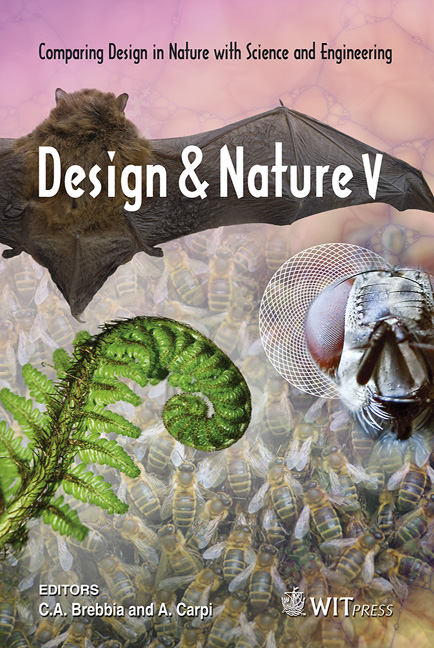The Influencing Factors Of Architectural Composition And The Arrangement Of Human Settlement In Orchid Island
Price
Free (open access)
Transaction
Volume
138
Pages
12
Page Range
89 - 100
Published
2010
Size
5,478 kb
Paper DOI
10.2495/DN100091
Copyright
WIT Press
Author(s)
C.-J. Chen & S.-T. Kuo
Abstract
Orchid Island (Lan-Yu) is off Taiwan’s southeast coast; it is mostly populated by an aboriginal people called the Tao. There are six tribes containing three thousand people who inhabit the island with a primitive but sustainable way with their own unique human settlement, living culture and society system. The subterranean building is the most particular architectural element of the island. Moreover, the typology, as well as the arrangement of such buildings, is highly efficient and practical, corresponding with the local environment and the landscape of the island. Although the space of settlement and the land use of the island changes gradually due to the socio-economic factor, the traditional subterranean buildings still survive and are used largely in the tribes of Langdau and Yehyin. However, we can explicitly recognize some physical differences of these buildings, such as the orientation, roof angles and even the space and site arrangement. The goal of this research is to specify the influencing factors of the mentioned differences of the buildings. The content of the research consists of: 1. a field investigation on the configuration of buildings and the difference between two tribes; 2. the correlation analysis and the comparison study between the settlement arrangement and the composition of traditional buildings. By means of document analysis and filed investigation, this research concludes that the geological or climatic conditions should be the main influencing factors of buildings. More scientific analysis and discussion should be systematically involved to clarify the goal of the research. Keywords: Orchid Island, subterranean building, environmental factors.
Keywords
Orchid Island, subterranean building, environmental factors





